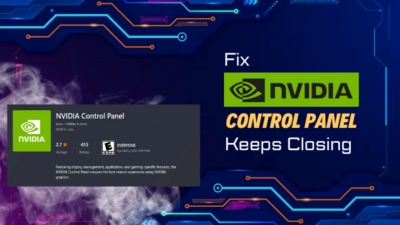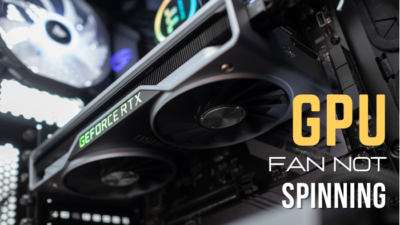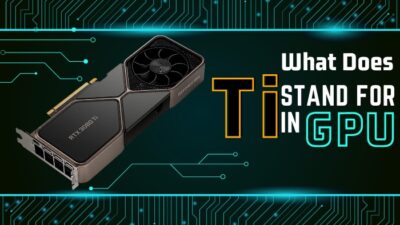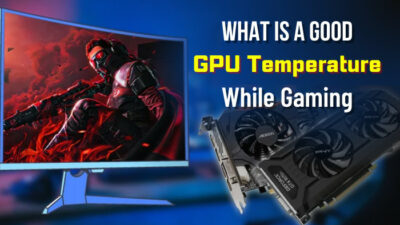Ever since the introduction of Nvidia’s RTX lineup, people have been wondering how is it any different than their traditional GTX GPUs. To elaborate, what’s the technical difference between RTX & GTX, and is it worth the price bump?
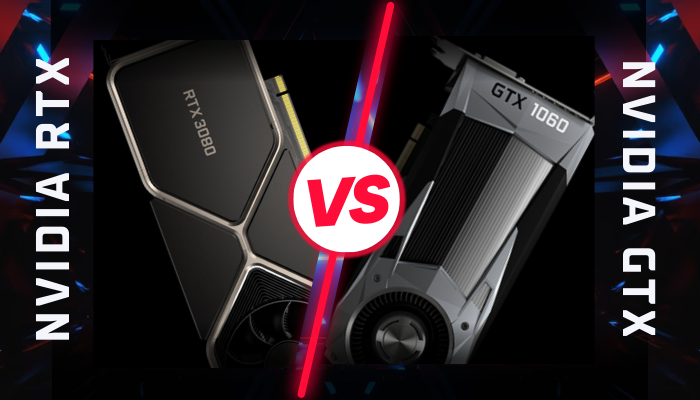
If these same questions have been lingering on your mind, you’ve come to the right place.
Let’s discuss everything you need to know about RTX Vs GTX.
What is Nvidia GTX?
GTX is Nvidia’s gaming GPU lineup. The term GTX stands for Giga Texel eXtreme. The first Nvidia GTX graphics card was GeForce 7800 GTX which was launched in 2005. Nvidia typically uses this term as a prefix followed by the model name, like Nvidia GTX 1080Ti.
The GTX moniker was meant to indicate gaming-oriented features such as Nvidia Shadowplay, Ansel, NVENC support, etc., which are absent from their traditional GeForce cards.
The last GTX lineup was the 16-series released in 2019. These GPUs are GTX 1650, GTX 1650 Super, GTX 1650Ti, GTX 1660, GTX 1660 Super, and GTX 1660Ti.
Go through our on of the easiest way for how to fix NVidia control panel missing?
What is Nvidia RTX?
In 2018, Nvidia announced RTX technology along with their RTX graphics card lineup. RTX allows real-time ray tracing in video games. It is the name of both the technology and the GPU lineup that supports this technology. RTX stands for Ray Tracing Texel eXtreme.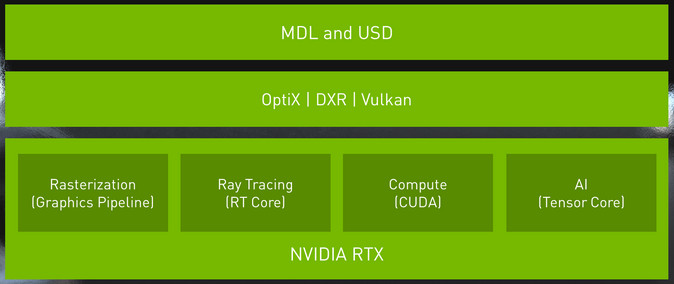
All RTX GPUs come with two additional clusters of specialized cores; the RT cores and the Tensor cores. To discuss it any further, we need to divide it into two parts: ray tracing and AI upscaling.
What is Ray Tracing?
Ray Tracing is a rendering technique that calculates the trajectory of each individual light ray and how it interacts with the environment. It allows the GPU to simulate the lights, shadows, and reflection much more realistically than traditional rasterization.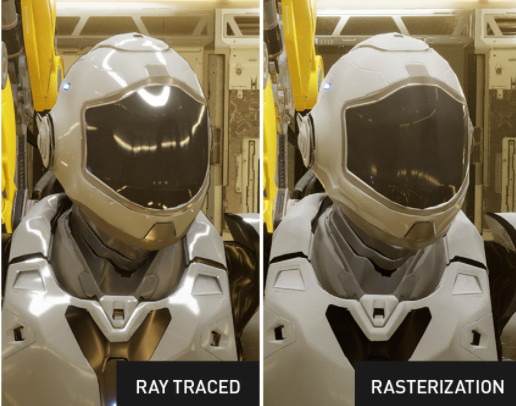
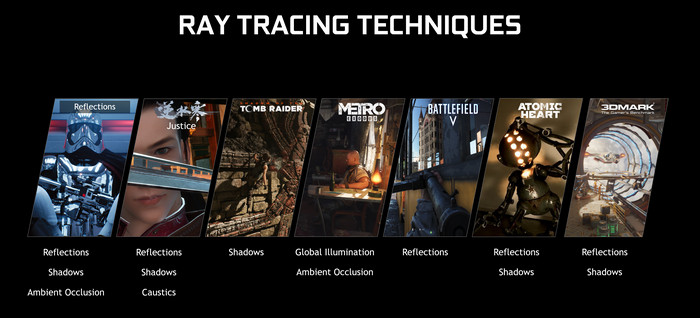
Previously, ray tracing was only possible in offline rendering, such as in movies or TV shows. But it’s incredibly taxing to do such calculations in real time. This is where the RT cores come into play.
RT cores enable hardware-accelerated ray tracing which offers a playable framerate in real-time RT rendering. We’ll discuss more on this later.
Read more on can you use AMD CPU with Nvidia GPU?
What is AI Upscaling?
AI upscaling technology uses artificial intelligence algorithms to increase the rendering output quality. In the case of Nvidia’s AI upscaling in gaming, it’s a technique that uses machine learning to upscale the output resolution of a video game for more crisp and clear image quality.
Nvidia uses a hardware-accelerated AI upscaling technique known as DLSS(Deep Learning Super Sampling). And the Tensor cores in RTX GPUs allow for such hardware-accelerated AI upscaling.
In simple terms, while using DLSS, the internal rendering resolution(suppose 1080p) will be upscaled to a higher resolution output(4k). So basically, you’re getting 1080p-level performance(fps) in 4k-level image quality.
And since the game is actually rendering at a lower resolution, you get a good FPS boost without any loss in visual quality.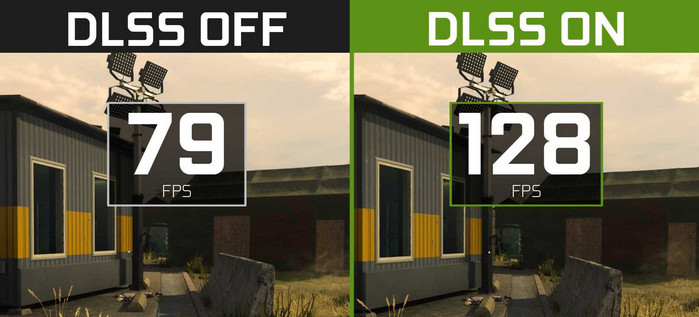
The latest RTX GPUs are RTX 4050, RTX 4060, RTX 4070, RTX 4070Ti, RTX 4080, and RTX 4090.
What are the Differences Between RTX and GTX?
The main differences between RTX and GTX are ray tracing and DLSS(AI upscaling). GTX cards don’t have RT and Tensor cores. As a result, special DirectX features such as real-time ray tracing, hardware-accelerated AI upscaling, RTX IO, etc., are only possible on RTX cards.
Let’s take a few steps back and start from the basics. The moniker RTX is actually a branding indication as to what new features this new GPU lineup can offer over the previous gen. Additionally, it was based on the 20-series GPUs’ most marketable feature, ray tracing.
Hence, replacing the G with R to market the ray tracing capability as a big step forward.
Now for the technical differences:
| Parameter | RTX | GTX |
|---|---|---|
| Architecture | Turning, Ampere, Ada Lovelace | Tesla, Fermi, Kepler, Maxwell, Pascal, Turing(16-series) |
| Process Node Size | 4-12nm | 12-65nm |
| Ray Tracing Cores | Yes | No |
| Tensor Core | Yes | No |
| Adaptive Shading/Variable Rate Shading | Yes | No(only available in 16-series) |
| VR Ready | Yes | GTX 1060 or Above |
| Concurrent Floating Point & Integer Operations | Yes | No(only available in 16-series) |
| Turing Nvidia Encoder(NVENC) | Yes | No(only available in 16-series) |
| Current VRAM Type | GDDR6X | GDDR6 |
RTX GPUs are built on a completely new and advanced architecture that offers many next-gen features such as ray tracing, AI upscaling, variable rate shading, etc. Not to mention, RTX cards have more, faster GDDR6X VRAM than GTX GPUs.
The core architectural difference also extends to a new Warp Scheduler that allows concurrent INT32 and FP32 execution. It vastly improves the chip’s asynchronous computing capabilities. In simple words, you’ll get a much better performance in DX12/Vulkan APIs compared to GTX cards.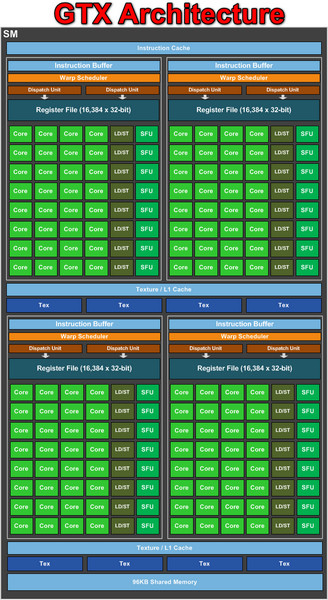
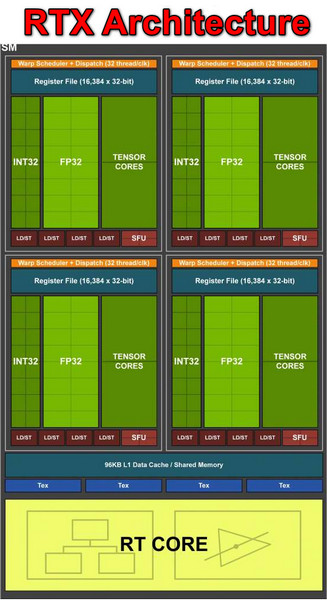
As we’ve discussed in the previous section, the RT and Tensor cores allow real-time ray tracing and hardware-accelerated machine learning. Also, the new adaptive shading/variable rate shading technology can boost performance up to 25% more than GTX’s geometry shading.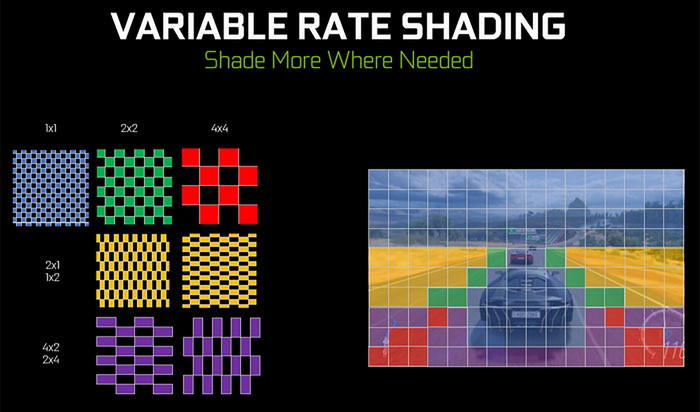
Not only that, the Tensor cores have 32x machine learning throughput, which makes it incredibly suited for AI-based productivity workloads.
Furthermore, the RTX cards have a unique I/O throughput technique called RTX I/O, which is based on DirectStorage API. It’s a suite of technologies for asset decompression and loading, which removes I/O overheads & can decompress+send game data directly from storage to video memory.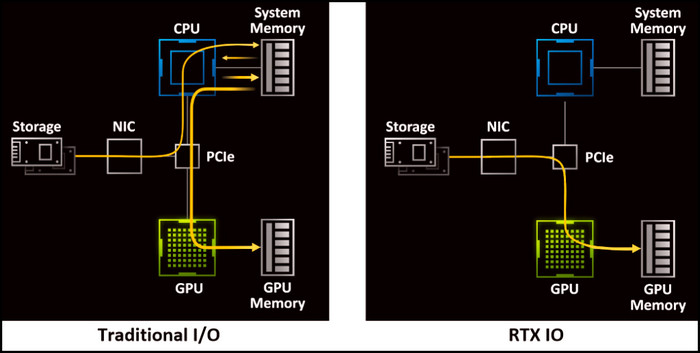
All these features are completely missing from the GTX graphics cards. These are just the technical differences. Now let’s switch our perspective to real-life performance differences, the most important aspect a buyer should care about.
You may also like to read about does FreeSync work with Nvidia?
RTX Vs GTX: Which is the Better Option?
Choosing RTX GPUs over GTX is a no-brainer. It has a newer, better, more advanced feature set than GTX graphics cards. Futureproofing is a big aspect when it comes to making a purchase decision, and RTX cards excel a lot in this regard compared to the previous GTX lineup due to obvious reasons.
Still, instead of simple talk, let’s take a look at the hard facts. Let’s do a head-to-head comparison to see which one is better, the GTX or the RTX cards.
Test Bench: Intel Core i9 13900K, Asus ROG Maximus Z790 Hero, 32GB DDR5, Samsung 980 Pro 1TB NVMe SSD, Corsair HX1200 80+ Platinum.
GTX Vs RTX: Which is Better for Gaming?
To properly examine the gaming performance, we’re gonna extensively test both RT(ray tracing) and rasterization performance with and without DLSS(AI upscaling).
GTX vs RTX Ray Tracing Performance(DLSS On)
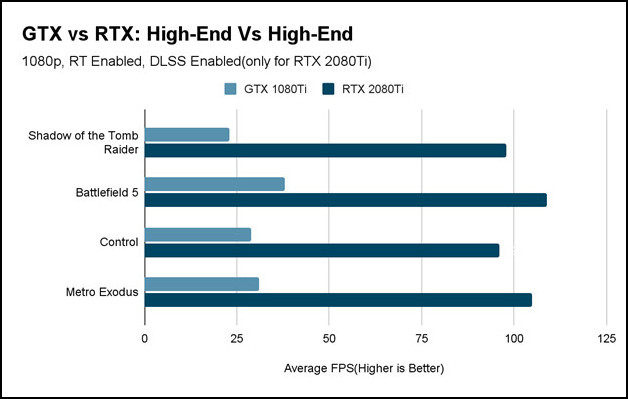
GTX vs RTX Rasterization Performance(DLSS Off)
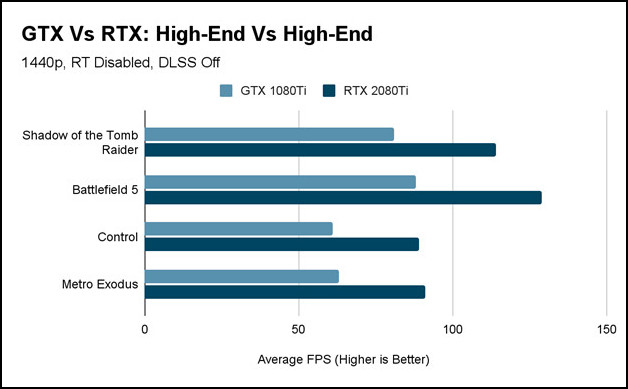
Based on the test results of different GTX and RTX SKUs, it’s pretty clear that the RTX cards offer unprecedented performance in real-time ray tracing. Combined with DLSS, the RTX 2080Ti managed to soar through 100fps in most games, while the GTX 1080Ti was left in the dust, barely reaching 30fps.
Not only that, I noticed a much worse frame pacing and input delay when I enabled ray tracing on GTX GPUs. My guess is, it was due to GTX’s poor asynchronous computing and older GDDR5 memory.
Furthermore, you can use DLSS without turning on ray tracing to get a huge performance boost for high refresh rate gaming. On my 144Hz G-Sync panel, I was getting over 150fps@1440p in Death Stranding using DLSS.
Doing a High-End vs High-End comparison is boring. I mean, obviously, the newer high-end model is gonna perform much better than the older one. So let’s spice things up by putting a low-end RTX card against a high-end GTX GPU.
High-End GTX vs Low-End RTX Rasterization Performance(DLSS Off)

Well, how about that! The RTX 3050 not only managed to beat the GTX 1080 by a small margin, but it also managed to do so without even using DLSS. Not to mention the added capability of doing real-time ray tracing and other RTX-exclusive features such as VRS, RTX I/O, etc.
Additionally, RTX 3050 has 8GB GDDR6 VRAM, while GTX 1080 has 8GB GDDR5 VRAM.
In a nutshell, a low-end RTX GPU from 2022 is offering better performance & much more next-gen features than the high-end GTX cards from 2018.
Here is an important post about do I need to uninstall Nvidia Drivers?
GTX Vs RTX: Which is Better for Rendering?
So, RTX cards are clearly a better choice than GTX in gaming. But what about productivity? Well, the RT and Tensor cores aren’t just useful for gaming only. These new compute units can seriously improve rendering workloads by reducing the render time & providing state-of-the-art visual fidelity.
While AMD has started to step up its attributes for better productivity performance, Nvidia has managed to seal the deal with their dedicated AI cores and advanced NVENC codec.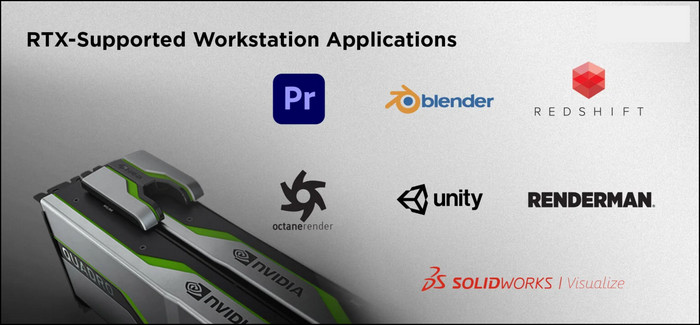
RTX has a suite of hardware-accelerated GPU rendering solutions such as Iray, OMNIVERSE, OptiX, etc., which are great for 3D modeling and animation.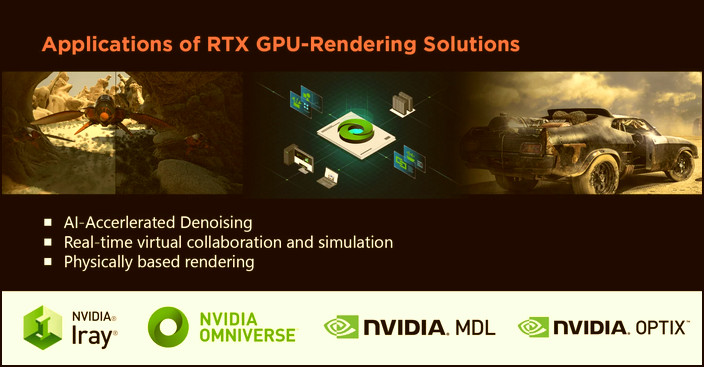
Since the lighting algorithms in most rendering tools rely on ray tracing, having dedicated hardware for that particular task can immensely reduce the render time. It also allows for a real-time preview of the 3D model/environment, which can improve the production workflow.
Let’s take a look at how much improvement we can expect from RTX cards compared to GTX in terms of productivity.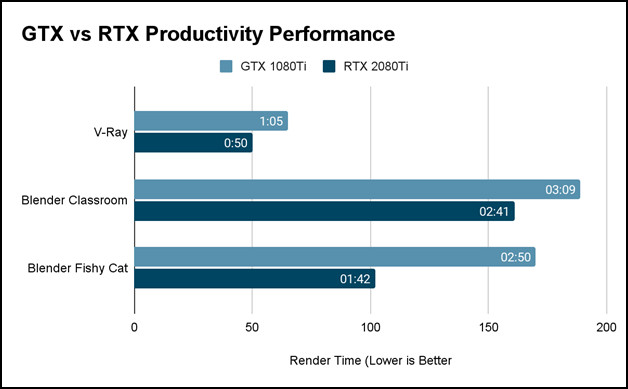
What impressed me most is the fact that RTX 2080Ti managed to reduce the render time by 50% compared to GTX 1080Ti in OpenCL rendering. This was a huge gap to bridge for Nvidia since AMD’s Vega 64 is known to beat GTX 1080Ti by a good margin in such tests.
Furthermore, RTX’s Tensor cores are pretty much essential for any sort of machine learning workload. Yes, you can use traditional CUDA/Shader units for such tasks, but the performance uplift that Tensor cores can provide is phenomenal.
And with the growing popularity of AI, thanks to Chat-GPT and DeepFake, Nvidia’s RTX lineup has become to go-to solution among professionals.
If you have an Nvidia RTX GPU, here’s how you can enable the RTX features.
Frequently Asked Question
Which is better GTX or RTX?
RTX cards are more powerful and offer better gaming performance than GTX ones.
Which is best GTX 1650 or RTX 3050?
RTX 3050 is clearly a better choice than GTX 1650.
What is the full form of RTX?
The full form of RTX is Ray Tracing Texel eXtreme.
The Bottom Line
When shopping for a GPU, there are a lot of options at your disposal. Whether to pick RTX or GTX depends entirely on your priorities. If you want ray tracing & AI upscaling, go for RTX. If you’re tight on budget and don’t really care about fancy stuff, you can settle for GTX cards.
Hopefully, I have managed to clarify these things for you. In case you still have any doubts, feel free to share your thoughts in the comments below.
Adios!

